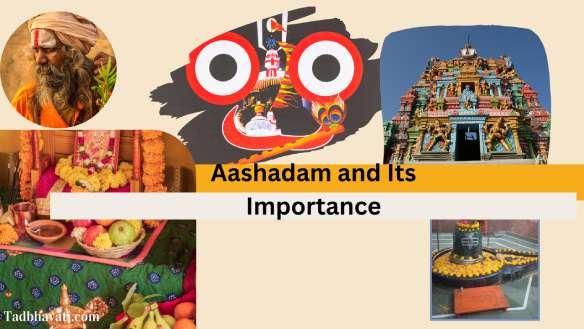Hinduism includes many different beliefs, but a common idea among them is, the cycle of birth and death, known as samsara. A key goal is to achieve liberation, or moksha, which means getting out of this cycle. This journey depends on karma, which refers to the actions we take in our current life.
This profound truth is eloquently conveyed in the sacred hymn Bhaja Govindam, composed by the great philosopher-Sri Adi Shankaracharya. One of its core messages revolves around the idea expressed in the Sanskrit phrase: “Punarapi Jananam Punarapi Maranam” – “Again and again birth, again and again death.”

Understanding the meaning of Punarapi Jananam Punarapi Maranam
To grasp the essence of this concept, let’s explore the individual words:
Punarapi means “again and again” – symbolizing repetition or a loop.
Jananam means “birth,” and Maranam means “death.”
Together, they refer to the endless cycle of rebirth, where the soul (Atma) takes form after form, lifetime after lifetime, driven by unfulfilled desires and attachments.
The Hinduism View on the Cycle of Rebirth
Though Hinduism includes diverse schools such as Vaishnavism, Shaivism, and Shaktism, most agree on the doctrine of Atma(soul) and its journey through samsara.
The soul is eternal and imperishable. However, its association with worldly desires binds it to material existence.
As long as the Atma harbors desires—be it for wealth, power, knowledge, or sensual pleasures—it continues to reincarnate in various forms: human, animal, plant, or even insect.
Even if some desires are fulfilled in one life, new ones emerge, keeping the soul trapped in a never-ending cycle of longing, action, and rebirth.
The Path to Liberation : Bhaja Govindam Hymn Tells the Solution!
To transcend the cycle of birth and death, the revered sages and saints of the Hindu tradition have bestowed upon us a sacred path.
They stated, one can reach enlightment through self-realization and unwavering devotion to the Divine, revealing these as the essential keys to spiritual freedom.
This messge is communicated through a wealth of texts, timeless stories, and enchanting hymns.
Among these treasures, the ‘Bhaja Govindam’ hymn stands as a beautiful guide, eloquently conveying the profound truths of existence and the journey toward ultimate liberation.
The Hymn emphasizes mere academic knowledge, Power or material success cannot save the soul. The verse proclaims:
“Bhaja Govindam, Bhaja Govindam, Govindam Bhaja Mooda Mate”
“Worship Govinda, worship Govinda, worship Govinda, O foolish one!”
This hymn urges one to turn away from fleeting worldly pursuits and instead seek divine knowledge and devotion. At the time of death, it is not wealth, fame, or intellect that saves the soul, but a heart purified by devotion and surrender to the Lord.
The hymn also urges atleast in one’s last days of life detach from the relations, wealth and materialistic life and seek the Divinity who can pull you out of this vicious cycle and bestow moksha
The Precious Opportunity of Human Birth to Attain Liberation
In Vivekachudamani (Verse 2), Adi Shankaracharya extols the human birth as a rare and valuable opportunity. Unlike other life forms, a human being has the unique potential to realize the Self and attain liberation.
To make the most of this sacred chance, one must strive to live a dharmic life, practice detachment from desires, and engage in spiritual disciplines such as Bhakti (devotion), Jnana (knowledge), and Dhyana (meditation).
Take Away
Punarapi Jananam Punarapi Maranam is not just a poetic phrase—it is a spiritual warning and a call to awaken one’s senses
As Bhaja Govindam reminds us, true wisdom lies not in chasing desires, but in worshipping the eternal Govinda, the Supreme Lord. Let us reflect on these timeless truths and walk the path of spiritual awakening, aiming not for fleeting gains, but for eternal freedom from the cycle of rebirth.



